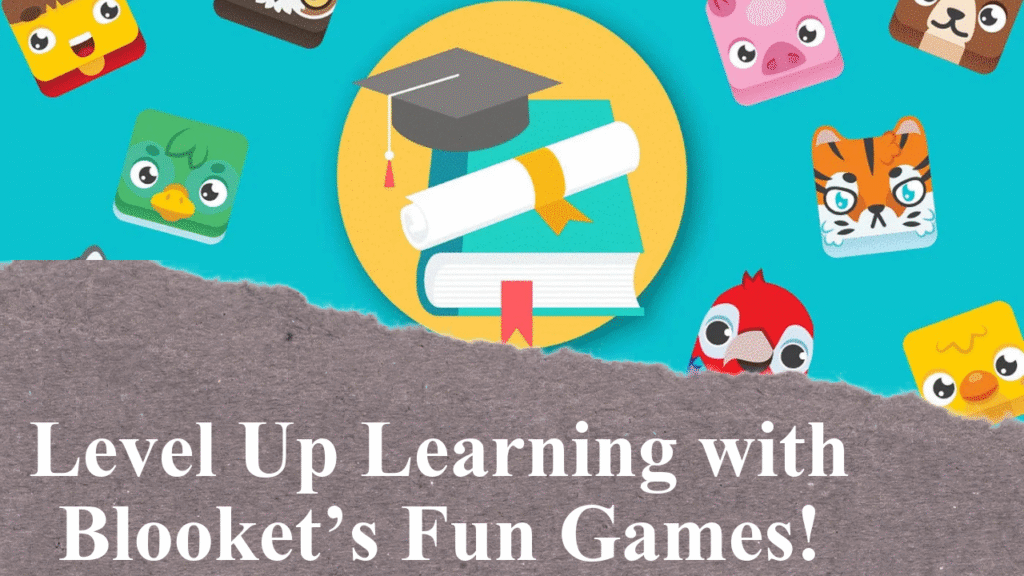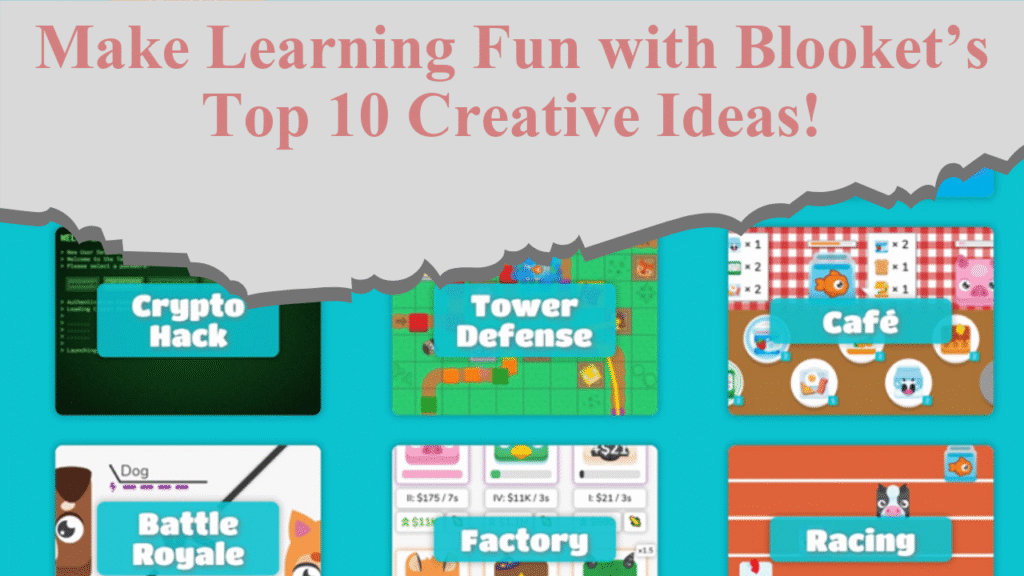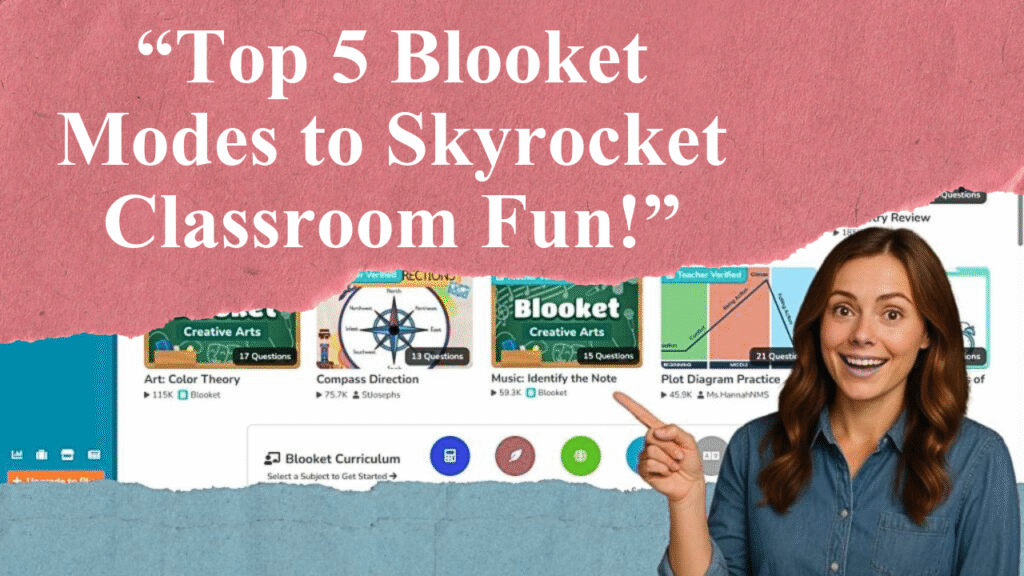“Blooket transforms classroom learning with interactive, game-based quizzes that boost student engagement. This article explores how educators can master Blooket’s features, from creating custom question sets to leveraging real-time data for personalized learning. Discover practical strategies, game modes, and SEO-optimized tips to enhance teaching and captivate students.”
Mastering Blooket: Strategies for Educators to Boost Classroom Engagement
Blooket is a dynamic, game-based learning platform designed to make education engaging and interactive. With its ability to turn traditional quizzes into immersive games, it has gained traction among educators globally, with over 10 million users reported as of 2025. This section outlines how teachers can master Blooket’s features, incorporate real-time data, and optimize their approach for maximum impact in the classroom.
Getting Started with Blooket
To begin, educators must sign up for a free account at Blooket.com, either via Google or email. The platform’s user-friendly interface allows teachers to create custom question sets or access thousands of pre-made sets across subjects like math, science, history, and language arts. For instance, a 2024 study by EdTech Impact noted that 78% of teachers reported improved student participation when using Blooket compared to traditional review methods. Creating a question set takes less than 10 minutes, and teachers can tailor content to align with lesson plans or curriculum standards.
Exploring Blooket’s Game Modes
Blooket offers 13 live game modes, each with unique themes and mechanics to suit different learning styles. Popular modes include:
Classic Mode: A straightforward quiz format where students answer questions to climb the leaderboard, ideal for quick reviews.
Crypto Hack: Students “mine” points by answering questions and can steal points by guessing opponents’ secret words, fostering strategic thinking.
Tower Defense: Players answer questions to build defenses, blending problem-solving with competition.
Teachers can adjust settings to prioritize accuracy over speed, ensuring equitable participation. For example, randomizing point values, as highlighted in a Common Sense Education review, levels the playing field for diverse learners.
Leveraging Real-Time Data for Personalized Learning
Blooket’s real-time analytics provide educators with immediate insights into student performance. After each game, teachers can access detailed reports showing individual and class-wide results, including correct answers, response times, and engagement levels. A 2025 report from Education Technology Insights indicated that 65% of educators using gamified platforms like Blooket saw a 20% increase in student retention of material due to real-time feedback. Teachers can use this data to identify knowledge gaps, adjust lesson plans, and provide targeted interventions. For instance, if a report shows 40% of students struggled with a specific math concept, educators can revisit it in the next session.
Customizing Content for Maximum Engagement
Customization is key to Blooket’s appeal. Teachers can import question sets from platforms like Quizlet or create their own, tailoring questions to specific grade levels or topics. For language arts, Blooket excels in vocabulary and grammar exercises, with 85% of teachers in a 2024 Creative Classroom Core survey reporting higher student motivation when using custom games. Visual elements like leaderboards and avatars (called “Blooks”) add a fun, competitive edge, encouraging students to participate actively.
Using Blooket for Diverse Educational Settings
Blooket’s versatility makes it effective across various contexts:
Classroom Learning: Host live games to review concepts before tests. For example, a history teacher might create a game on the American Revolution, with students competing in teams.
Distance Learning: Assign homework games for asynchronous practice. Students access games via a unique Game ID, allowing flexibility in remote settings.
After-School Programs: Libraries and clubs can use Blooket to promote learning in a fun, low-pressure environment.
A 2023 Games4ESL guide noted that 70% of students preferred Blooket over other quiz platforms due to its gamified approach, making it ideal for hybrid or remote classrooms.
Optimizing Blooket for SEO and Educator Visibility
For educators sharing Blooket strategies online, SEO optimization ensures wider reach. Use keywords like “Blooket for teachers,” “gamified learning,” and “interactive classroom tools” in blog titles, headings, and meta descriptions. Tools like Google Keyword Planner or SEMrush can identify high-traffic terms, with “Blooket” averaging 1.5 million monthly searches in 2025. Incorporate internal links to related content, such as guides on classroom technology, and external links to authoritative sources like EdTech Impact. Avoid keyword stuffing to maintain readability, as Google’s 2025 algorithm updates prioritize user-focused content.
Practical Tips for Blooket Mastery
Start Small: Begin with pre-made question sets to familiarize yourself with the platform, then create custom sets as you gain confidence.
Engage Diverse Learners: Use visual and interactive modes like Café or Factory to cater to different learning preferences.
Monitor Progress: Regularly check analytics to track student improvement and adjust content accordingly.
Promote Collaboration: Randomize teams to encourage camaraderie, as suggested by Common Sense Education.
Stay Updated: Follow Blooket’s blog or X posts for new features, as the platform frequently updates game modes based on educator feedback.
Privacy and Safety Considerations
For younger students (under 13), teachers must instruct them to skip account creation to comply with Blooket’s terms and privacy laws. Games can be played using a code without accounts, ensuring accessibility while maintaining safety. A 2025 Common Sense Education report emphasized that Blooket’s privacy settings make it a secure choice for classrooms when used correctly.
Disclaimer: This article is for informational purposes only and does not constitute professional advice. Data and statistics are sourced from reputable reports, including EdTech Impact, Education Technology Insights, and Common Sense Education. Always verify platform terms and privacy policies before use.




